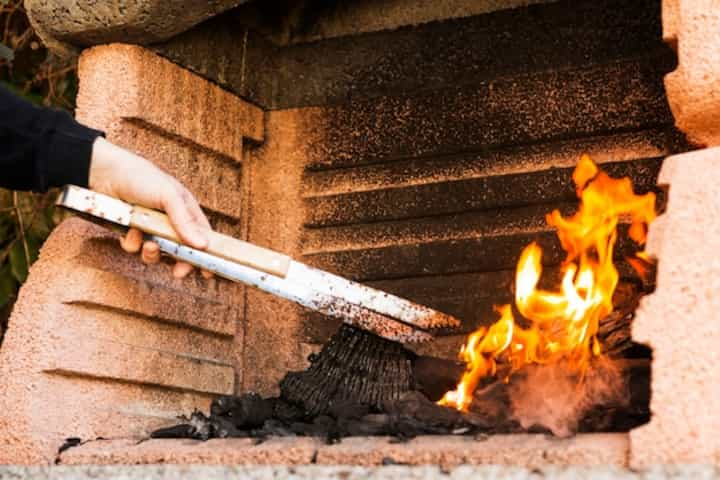
Enhancing Indoor Air Quality Testing Services After Fire Damage
In the wake of a fire, the importance of restoring a building to its former state is paramount. While structural repairs often take precedence, one critical aspect that should not be overlooked is the quality of indoor air. Fire damage can leave behind a host of airborne contaminants that can pose serious health risks if not properly addressed. Indoor air quality testing services become essential in such scenarios to identify and mitigate these risks. Understanding the processes and techniques involved in enhancing these services can significantly improve the safety and comfort of a home or business post-fire.
Understanding Indoor Air Quality Post-Fire
Fire damage can introduce numerous pollutants into the indoor environment, including smoke, soot, and volatile organic compounds (VOCs). These pollutants can linger long after the visible damage has been repaired, impacting the health of occupants.
- Smoke and Soot: These particles can infiltrate ventilation systems and settle on surfaces, continuing to release harmful substances into the air.
- Volatile Organic Compounds (VOCs): Fires can release a variety of VOCs, which are chemicals that become vapors or gases. These can include benzene, formaldehyde, and other hazardous substances.
- Particulate Matter: Tiny particles that can be inhaled deep into the lungs, causing respiratory problems.
Read more about this topic at this link.
Steps to Enhance Indoor Air Quality Testing Services
Comprehensive Assessment
A thorough assessment is crucial in identifying the nature and extent of air contamination. This involves:
- Conducting visual inspections to identify signs of smoke and soot damage.
- Utilizing specialized equipment to measure levels of VOCs and other pollutants.
- Collecting air samples for laboratory analysis to pinpoint specific contaminants.
Learn more in this detailed guide about fire damage assessment and inspection: Explore further insights here.
Advanced Testing Techniques
Implementing advanced testing techniques is essential for accurate detection and effective remediation. These may include:
- Infrared Thermography: Used to identify hidden moisture and heat sources that may contribute to air quality issues.
- Real-time Monitoring: Allows for continuous measurement of air quality parameters to ensure immediate detection of pollutants.
- Gas Chromatography: A laboratory technique for separating and analyzing compounds that can vaporize without decomposing.
Find additional information here on advanced testing methods: Explore further insights here.
Implementing Effective Remediation Strategies
Once contaminants have been identified, implementing effective remediation strategies is the next step. This includes:
- Using air purifiers equipped with HEPA filters to capture fine particles and reduce airborne contaminants.
- Applying sealants to surfaces that have absorbed smoke and soot to prevent further release of pollutants.
- Ensuring proper ventilation to allow for the circulation of clean air and the removal of lingering pollutants.
Learn more in this detailed guide on remediation strategies.
Ensuring Continued Indoor Air Quality
Maintaining good indoor air quality post-fire requires ongoing monitoring and maintenance:
- Regularly testing air quality to ensure that pollutants remain at safe levels.
- Maintaining HVAC systems to prevent the buildup and circulation of contaminants.
- Educating occupants on best practices for maintaining air quality, such as avoiding the use of products that release VOCs.
Explore further insights here: Read more about this topic.
Enhancing indoor air quality testing services after fire damage is a multi-faceted process that requires a combination of advanced techniques, effective remediation strategies, and ongoing maintenance. By prioritizing these efforts, the safety and well-being of building occupants can be significantly improved, ensuring that the indoor environment remains a safe and healthy place to live and work.